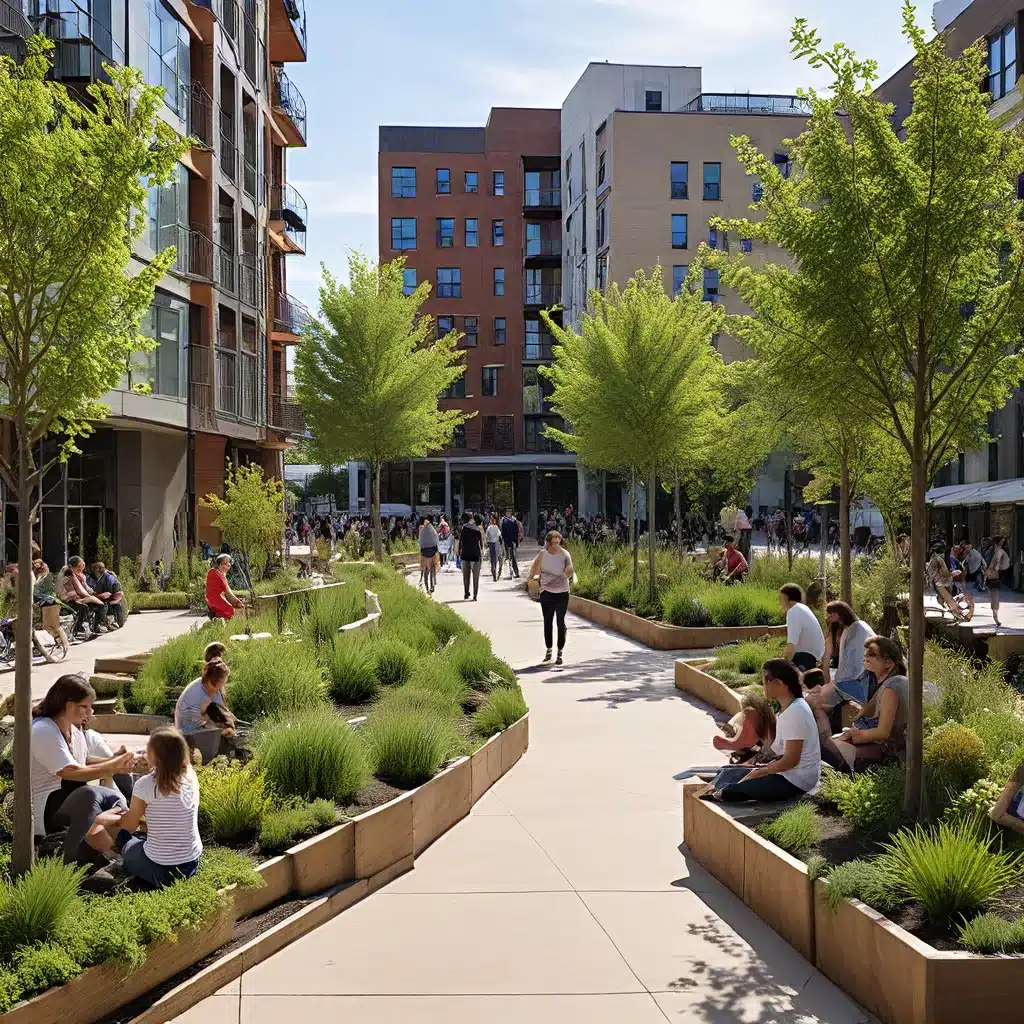
As someone who’s deeply passionate about renewable energy and community development, I’ve been fascinated by the concept of placemaking and how it can intersect with sustainable energy solutions. It’s an area that’s been on my mind a lot lately, and I’m excited to dive in and share my thoughts with you.
You see, I truly believe that the future of renewable energy isn’t just about the technology – it’s about how we integrate those solutions into the fabric of our communities. And that’s where placemaking comes into play. It’s this idea of creating spaces that are not only functional and efficient, but also meaningful, engaging, and reflective of the people who use them.
Now, I know what you might be thinking – “Renewable energy and placemaking? How do those two things even go together?” Well, let me tell you, they’re more connected than you might realize. It’s all about designing sustainable spaces that meet our energy needs while also enhancing the overall quality of life for the people who live, work, and play in those areas.
Bridging the Gap: Renewable Energy and Community Placemaking
One of the key things I’ve learned in my research is that renewable energy projects often have a profound impact on the communities they’re a part of. Whether it’s a solar farm, a wind turbine, or a geothermal system, these technologies can shape the physical and social landscape in really fascinating ways.
Take, for example, the placement of a wind farm. Sure, you need to consider factors like wind patterns and grid connectivity, but you also have to think about how those towering turbines will fit into the existing landscape. Will they be a dominant feature on the skyline? Will they disrupt the natural beauty of the area? These are the kinds of questions that placemakers need to grapple with.
And it’s not just about the physical infrastructure – it’s also about how the community interacts with and perceives these renewable energy projects. Will they see them as an eyesore, or as a source of pride and innovation? Will they feel like they had a say in the decision-making process? These are the kinds of social and psychological factors that can make or break the success of a renewable energy initiative.
Sustainable Spaces: Designing for the Community
That’s where placemaking comes in. It’s this holistic approach to designing and shaping public spaces that takes into account not just the physical and functional aspects, but also the social, cultural, and emotional needs of the people who use them. And when you apply that lens to renewable energy projects, you start to see some really exciting possibilities.
Imagine, for instance, a solar farm that’s not just a vast expanse of panels, but a community gathering space – a place where people can come together to picnic, play, and learn about the wonders of renewable energy. Or a wind turbine that’s strategically placed to create a natural amphitheater, where local musicians can perform and the community can come together to celebrate their shared values and identity.
These aren’t just pie-in-the-sky ideas – there are already communities around the world that are pioneering this kind of approach. In Scotland, for example, the government has championed the idea of “green infrastructure” – integrating renewable energy solutions into the design of public spaces in ways that enhance the overall livability and sustainability of the area.
The Power of Community Engagement
But it’s not just about the physical design – it’s also about the process of how these spaces are created. And that’s where community engagement becomes absolutely crucial. After all, these are the people who are going to be living with and using these renewable energy solutions day in and day out. So, it’s critical that they have a voice in the decision-making process.
I’ve seen firsthand how powerful this can be. In one community I worked with, the local residents were deeply skeptical of a proposed solar farm – they saw it as an intrusion on their beloved natural landscape. But the project team took the time to listen to their concerns, to understand their values and priorities, and to co-create a design that incorporated their feedback. The result was a solar farm that the community not only accepted, but actively embraced – a place that they felt a genuine sense of ownership and pride in.
Unlocking the Potential of Renewable Energy
And that, to me, is the true power of placemaking when it comes to renewable energy. It’s not just about building the infrastructure – it’s about building community. It’s about creating spaces that are not just functional, but that also inspire and empower the people who use them.
Because at the end of the day, renewable energy isn’t just about the technology – it’s about people. It’s about improving lives and strengthening communities. And when we approach it with that mindset – when we design and integrate renewable energy solutions in ways that are truly responsive to the needs and aspirations of the people who live there – that’s when we start to unlock the full potential of these amazing technologies.
So, if you’re looking to make a real, lasting impact with your renewable energy initiatives, I’d encourage you to embrace the power of placemaking. It’s a holistic, community-driven approach that can transform the way we think about and experience renewable energy – and that, to me, is the future we should all be striving for.
Firewinder can help you design and implement renewable energy solutions that are tailored to the unique needs and character of your community. Explore our services to learn more.

